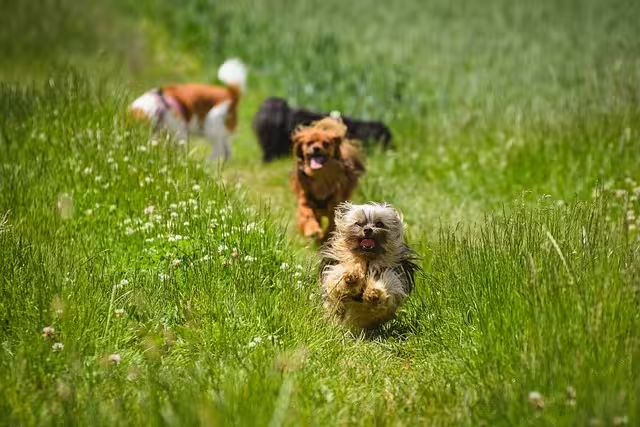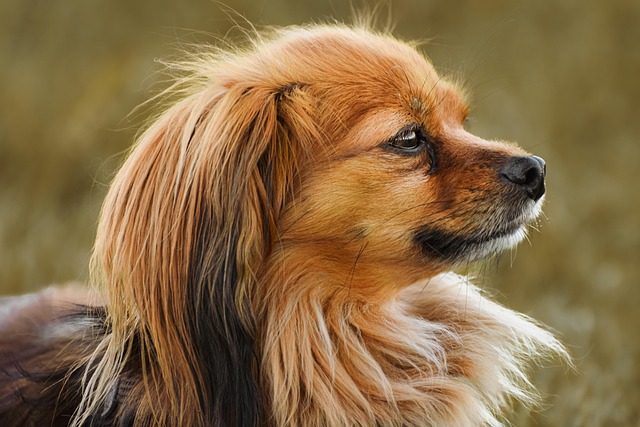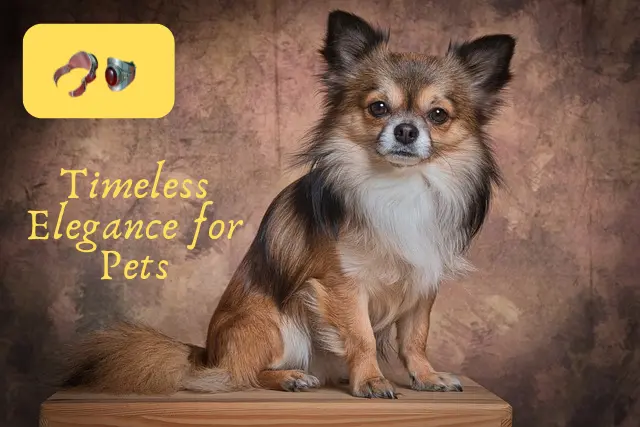The Border Terrier is a charming and lively dog breeds that has captured the hearts of many dog lovers around the world· Known for their spirited nature and affectionate demeanor, these small dogs possess characteristics that make them both delightful companions and excellent working dogs· In this blog, we will delve into the origin, size, and character of the Border Terrier, as well as provide insights into their suitability as dog breeds·
Origin of the Border Terrier
The Border Terrier hails from the border region between England and Scotland, where it was originally bred for hunting vermin, particularly foxes and rats· These dog breeds were developed in the 18th century and are part of a rich tradition of working terriers·
The breed was specifically designed to be compact enough to enter burrows and flush out prey, while also possessing enough tenacity and stamina to keep up with larger hunting pets.
The American Kennel Club (AKC) recognized the Border Terrier in 1930, classifying it within the terrier group· The breed’s history is intertwined with the development of other terrier breeds, but the Border Terrier has maintained its unique traits and characteristics over the years· Today, it is one of the popular miniature dog breeds admired for its intellect and versatility·

Size of the Border Terrier
Border dogs are classified as a compact dog breeds. The typical size for an adult Border Terrier ranges between 10 to 11 inches in height at the shoulder, with a weight of approximately 11 to 15 pounds. Their compact stature makes them ideal for various residential situations, including apartments and houses with limited space. Despite their size, they are sturdy and muscular, reflecting their working dog heritage.
The AKC provides specific guidelines for the breed’s size and appearance, ensuring that breeders adhere to standards that maintain the integrity of the breed· When looking to adopt a Border Terrier, prospective owners should seek reputable kennels that follow these standards to ensure healthy and well-bred dogs·
Character of the Border Terrier
The character of the Border Terrier is one of its most appealing traits· These dog breeds are famed for their friendly and affectionate nature, making them excellent family pets· They are particularly good with children and can form strong bonds with all family members· Their intellectual acuity and eagerness to please make them relatively easy to train, but they do require consistent and positive reinforcement·
Border dogs are also recognized for their energetic enthusiasm· They thrive on consistent exercise and cognitive stimulation, which is essential for keeping them happy and healthy· Daily walks, playtime, and interactive games can help fulfill their need for activity· Without consistent exercise, they may become bored and develop undesirable behaviors, a condition often called “behavioral issues” in pets· Ensuring they stay active is crucial for their well-being·
Mental Intelligence and Thinking
The cognition of the Border Terrier is notable· They are quick learners and enjoy engaging in activities that challenge their cognitive abilities· Owners should incorporate training sessions that stimulate their thinking and problem-solving skills·
This can include obedience training, agility courses, or even simple games that require them to find hidden treats· The breed’s cognitive agility also means they can sometimes be a bit stubborn, a trait common in terrier breeds· However, with patience and consistent training methods, owners can effectively guide their Border Terriers to become well-behaved and obedient dog breeds· Recent studies have shown that this breed looks for ways to solve problems, which makes training both fun and rewarding· When properly motivated, they can excel in various tasks and commands·
Playful Spirit
The playful nature of the Border Terrier adds to its charm· These dog breeds are always ready for fun and adventure, making them a joy to have around· Their playful nature can be seen in their interactions with toys, as they love to chase, fetch, and dig· However, owners need to provide appropriate toys and supervision to prevent any destructive behaviors·
The Border Terrier’s playful demeanor also extends to their interactions with other dog breeds· They are generally sociable and can get along well with other dog breeds, particularly if they are socialized from a young age· Consistent playdates and trips to the dog park can help fulfill their social needs·
Living with a Border Terrier
Owning a Border Terrier can be a rewarding experience, but it is essential to understand their needs and characteristics· These dog breeds thrive in environments where they receive plenty of attention and exercise· Here are some key notes for cohabitating with a Border Terrier:

Exercise Process for a Border Terrier
Border breeds are energetic and lively dog breeds that require steady exercise to maintain their health and happiness· Their exercise routine should cater to their physical needs and cognitive stimulation· Here’s a detailed look at an effective exercise process for a Border Terrier:
1· Daily Walks
- Frequency: Aim for at least 30 to 60 minutes of walking each day, divided into two or more sessions·
Duration: Each walk can last anywhere from 15 to 30 minutes, depending on your dog breeds energy level and age·
Variety: Change up the walking routes to expose your Border Terrier to new sights, sounds, and smells, which helps keep walks interesting·
2· Playtime
- Interactive Play: Spend time playing fetch, tug-of-war, or other interactive games· These activities help burn off energy and strengthen your bond·
Toys: Use a variety of toys such as balls, frisbees, and rope toys· Border breeds love to chase and retrieve, so toys that encourage these behaviors are ideal·
3· Off-Leash Exercise
- Secure Areas: If possible, allow your Border Terrier to run off-leash in a secure, enclosed area, such as a fenced yard or a dog park· This freedom lets them explore and play·
Recall Training: Ensure your dog breeds has a reliable recall before allowing off-leash time. · Start training in a controlled environment before progressing to more open spaces·
4· Mental Stimulation Activities
- Puzzle Toys: Invest in interactive puzzle toys that challenge your dog breeds to think and solve problems· These keep their minds engaged while providing some exercise·
Training Sessions: Incorporate short training sessions into their routine· Teaching new tricks or commands not only stimulates their mind but also reinforces good behavior·
5· Agility and Obstacle Courses
- Agility Training: Consider setting up a tiny agility course in your backyard· Use cones, tunnels, and jumps to create a fun and challenging environment for your Border Terrier·
Classes: Look for local agility classes or dog sports clubs where your Border Terrier can participate· These activities provide excellent physical exercise and cognitive challenges·
6· Socialization Opportunities
- Dog Parks: Routine visits to dog parks offer both exercise and socialization· Allowing your Border Terrier to interact with other dogs can help develop their social skills and reduce behavioral issues·
Playdates: Organize playdates with other dog owners· This gives your Border Terrier the chance to play and exercise in a safe environment·
7· Seasonal Activities
- Summer Fun: In warmer months, activities like swimming can be a great way to exercise your Border Terrier while keeping them cool·
Winter Activities: In colder months, consider activities like snowshoeing or playing in the snow, as long as your dog breeds is comfortable with the weather·
8· Monitoring Health
- Adjusting Exercise: Be mindful of your Border Terrier’s age, health, and physical condition· Older dogs may need less intense exercise, while younger dogs often require more·
Signs of Fatigue: Watch for signs of fatigue, such as heavy panting or reluctance to continue· Always provide fresh water and breaks as needed·
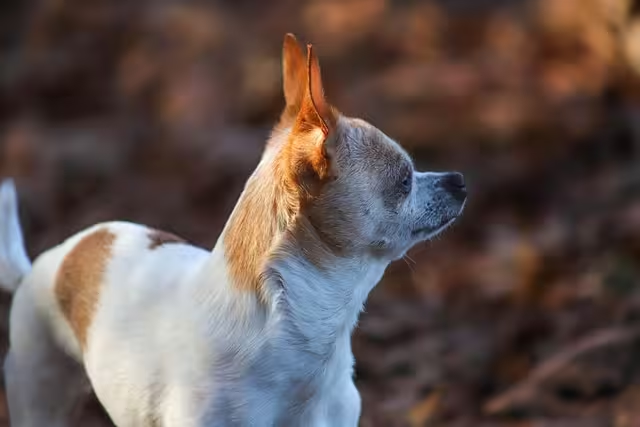
Grooming Process for a Border Terrier
Grooming a Border Terrier is an essential part of maintaining their health and appearance· Their dense, wiry coat requires specific care to keep it in optimal condition· Here’s a detailed look at the grooming process for this breed:
1· Brushing
- Frequency: Brush your Border Terrier at least once a week· During shedding seasons (spring and fall), you may need to brush them more frequently·
Tools: Use a slicker brush or a comb with both wide and fine teeth· A rubber grooming mitt can also help remove loose hair·
Technique: Start by brushing in the direction of hair growth to remove loose hair and prevent matting· Pay special attention to areas behind the ears and under the legs, where tangles are more likely to occur·
2· Hand-Stripping
- What It Is: Hand-stripping is a grooming technique where dead hair is plucked from the coat rather than cut· This method helps maintain the coat’s texture and promotes healthy growth·
When to Do It: This is typically done every 4 to 6 months, depending on the dog’s coat condition·
How to Do It: Use your fingers or a stripping knife to pluck the dead hair· Work in brief sections and be gentle to avoid discomfort· If you’re not experienced, consider seeking help from a professional groomer·
3· Bathing
- Frequency: Bathe your Border Terrier only when necessary, usually every 2 to 3 months, or if they get particularly dirty·
Products: Use a mild dog shampoo that won’t strip the natural oils from their coat· Follow up with a conditioner if their coat feels dry·
Bathing Process: Wet the coat thoroughly with lukewarm water, apply shampoo, and lather well· Rinse thoroughly to remove all shampoo residue· Ensure that water doesn’t get into their ears·
4· Ear Care
- Cleaning: Check your Border Terrier’s ears weekly for dirt, wax buildup, or signs of infection· Use a damp cloth or a vet-recommended ear cleaner·
Hair Removal: Some owners choose to pluck excess hair from the ear canal, but this should be done cautiously· If unsure, consult a groomer or vet·
5· Nail Trimming
- Frequency: Trim nails every 3 to 4 weeks or as needed· If you can hear their nails clicking on the floor, it’s time for a trim·
Tools: Use a pair of dog nail clippers or a nail grinder·
Technique: Trim just the tip of the nail, avoiding the quick (the pink part inside the nail)· If your dog’s nails are dark, be extra cautious and trim small amounts gradually·
6· Dental Care
- Importance: Dental hygiene is crucial for preventing dental disease, which is common in compact breeds·
Routine: Brush your dog’s teeth several times a week using a dog-specific toothpaste· Dental chews and toys can also help maintain oral health·
7· Regular Check-ups
- Frequent visits to the vet or a professional groomer can help ensure your Border Terrier’s grooming needs are met effectively· They can also check for any skin issues, parasites, or other health concerns·
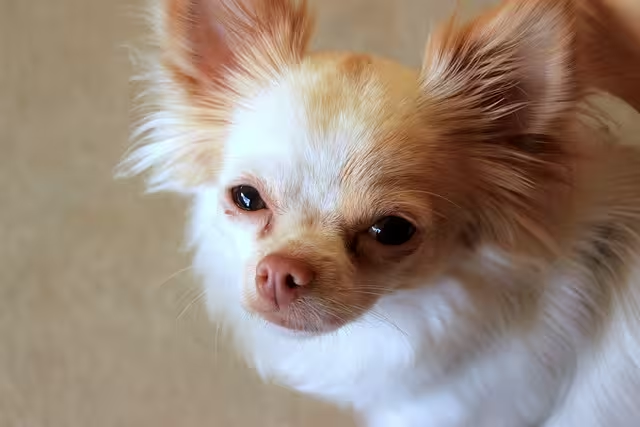
Health Considerations
As with any dog breeds, Border breeds can be prone to certain health issues· Routine veterinary check-ups are essential to monitor their health and address any concerns early· Common health issues include hip dysplasia and certain skin conditions· Responsible breeding practices, such as those promoted by the dog breeds association, can help minimize these risks·
Conclusion
In summary, the Border Terrier is a delightful dog breed known for its friendly character, intelligence, and playful demeanor· With a rich history dating back to its origins in the border region of England and Scotland, this breed has become a beloved dog breeds for many families· Their petite size makes them suitable for various living situations, while their energetic nature requires consistent exercise and cognitive stimulation·
If you’re considering adding a Border Terrier to your family, look for reputable kennels that adhere to the standards set by the American Kennel Club· With proper training, socialization, and care, a Border Terrier can bring joy and companionship to your life for many years to come· Whether you meet them in the park or find them at a kennel, these dogs embody the spirit of affection and loyalty that make them one of the most cherished dog breeds in the world·

